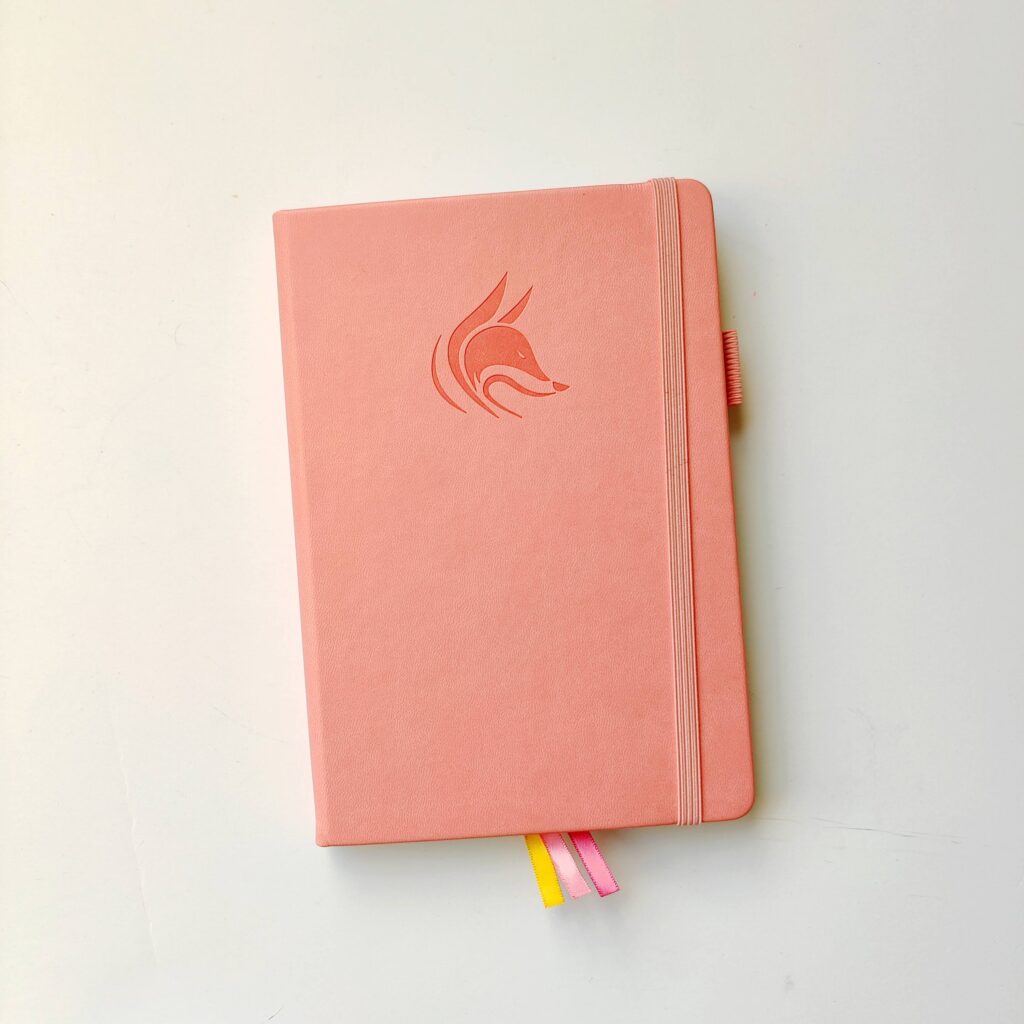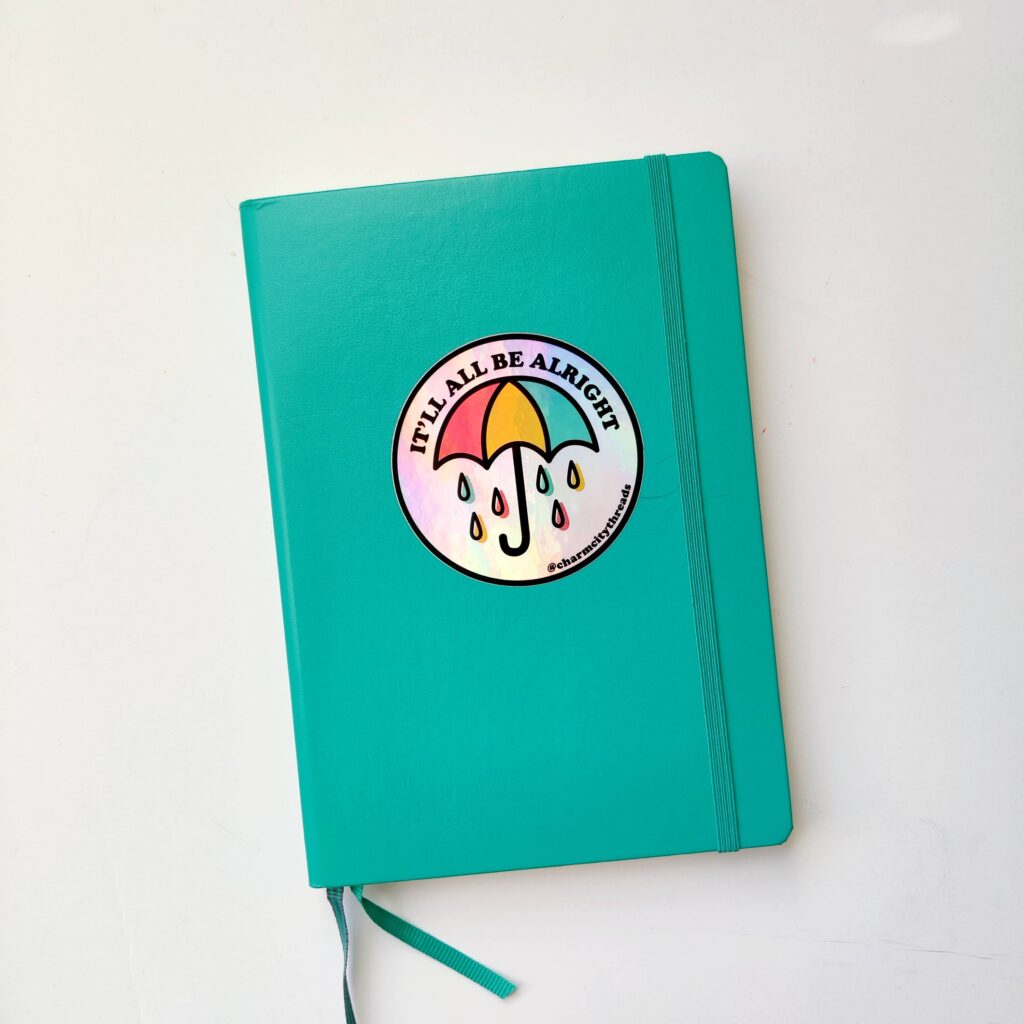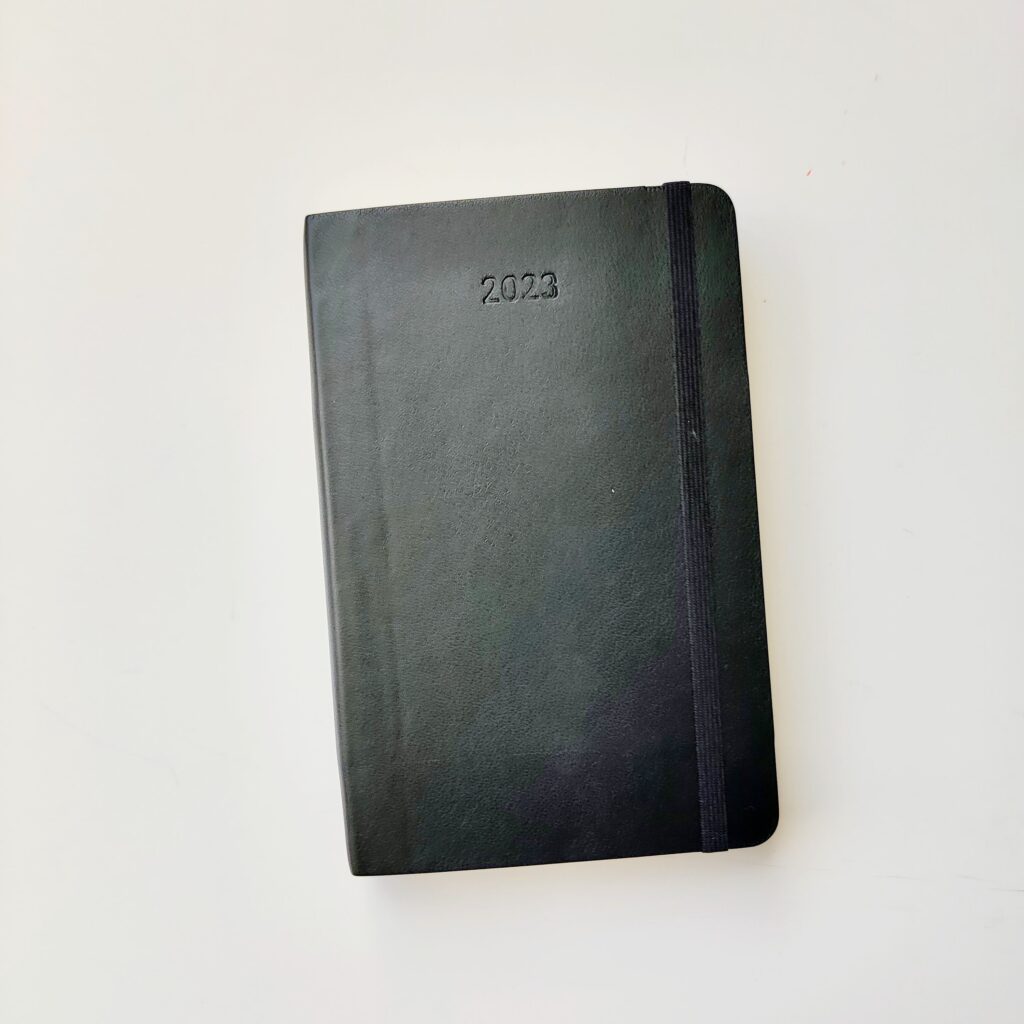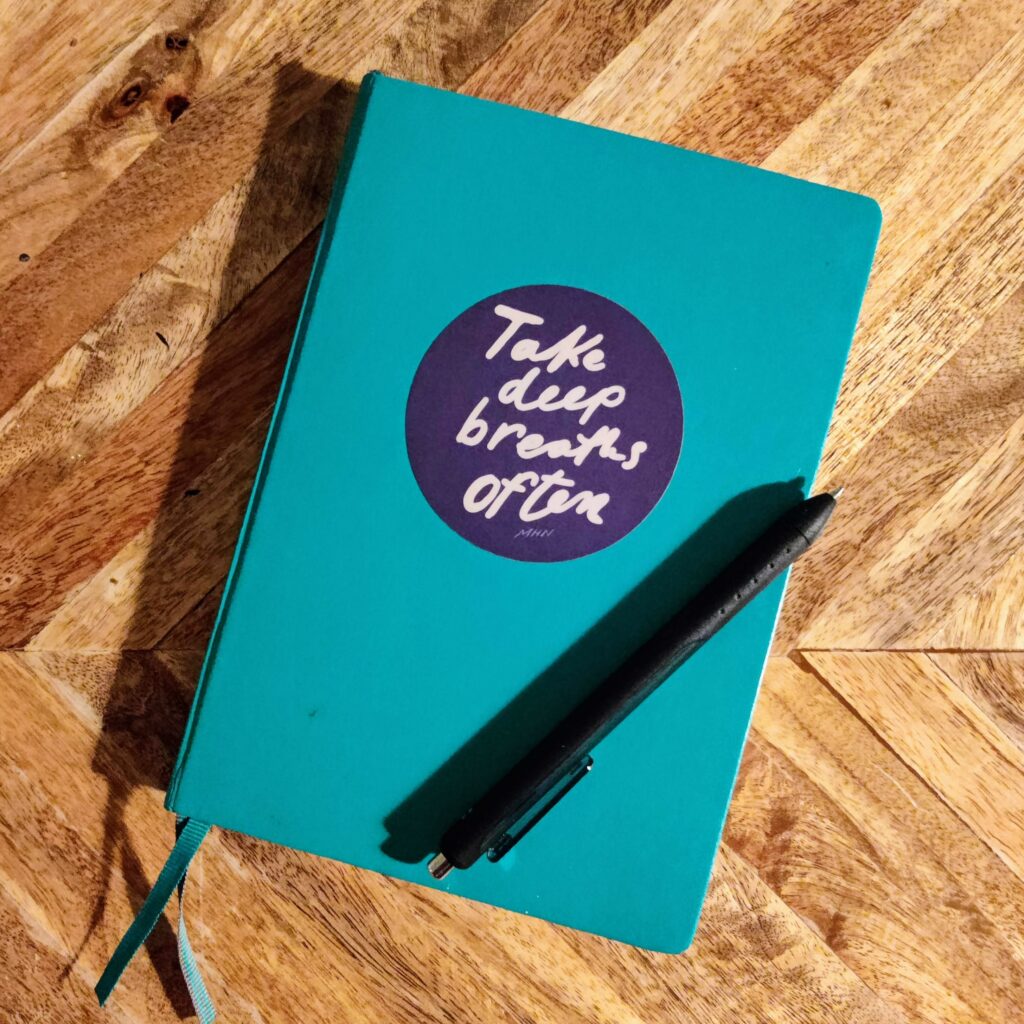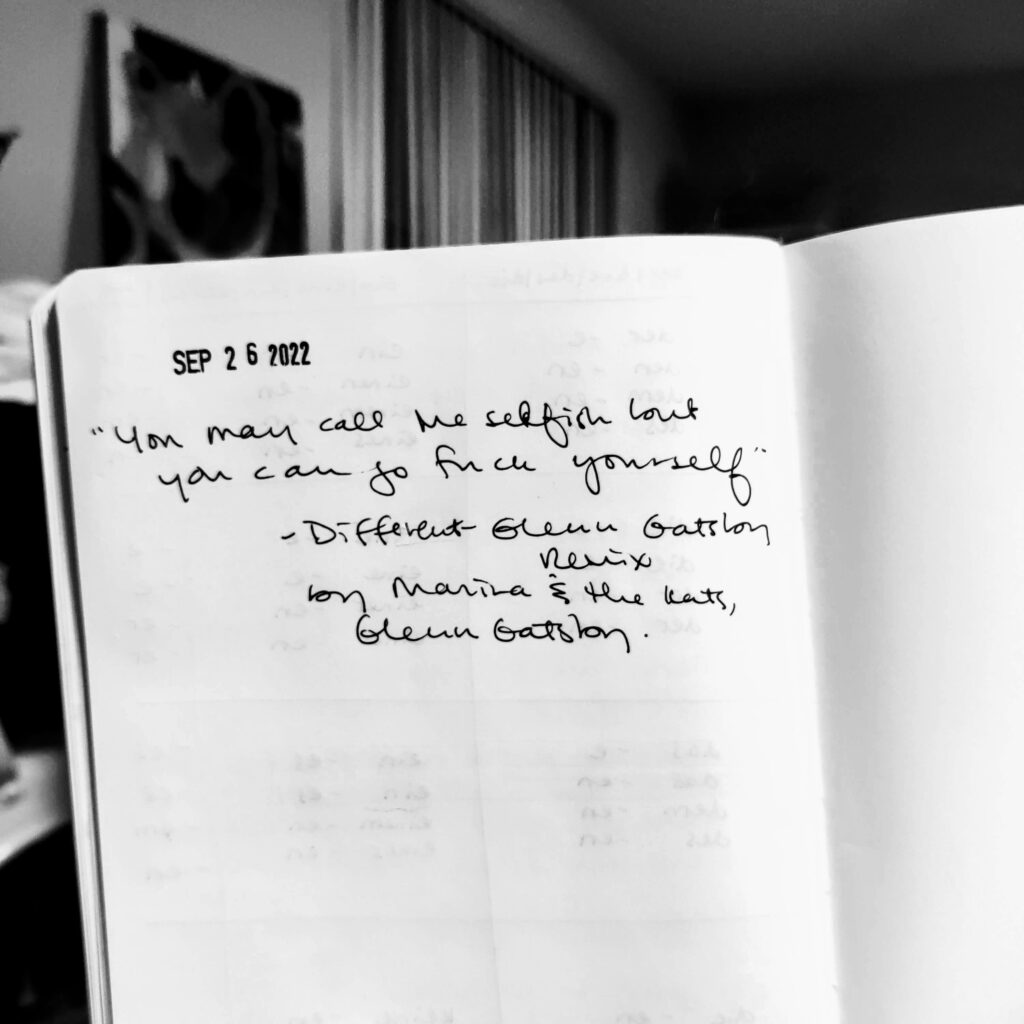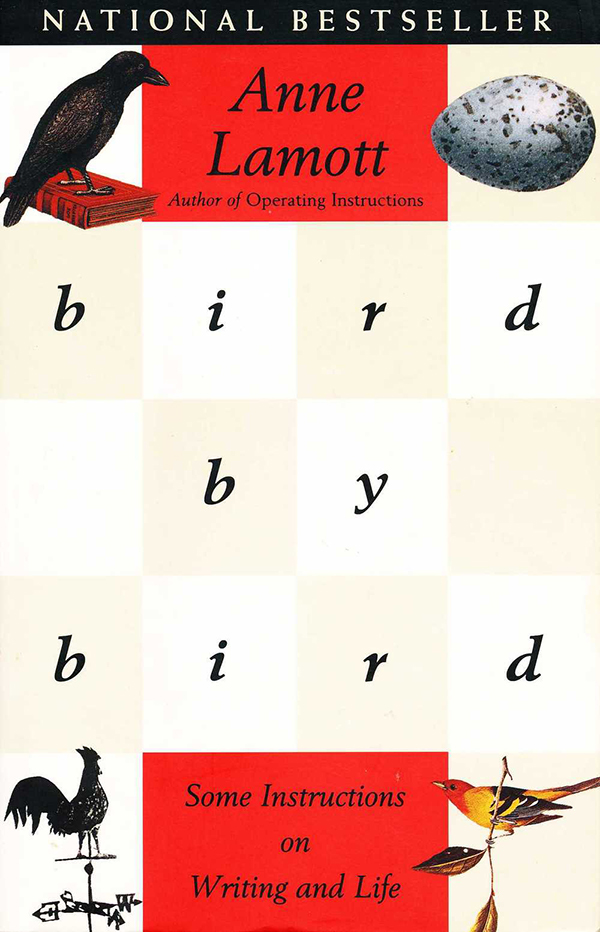

Words swirl around my head constantly. I rarely extract them, afraid of the uncertain consequences of others knowing what I really feel. The danger of expressing myself, of it being the wrong thing said the wrong way.
I have a deep fear of being misunderstood. Of being punished, cruelly, immediately, publicly, for my own imperfection in expression, for letting myself tumble over my own lips and into others’ ears, eyes, and brain.
So I keep them, these thoughts, worries, and wonderings. I keep them tucked in my head and heart, where they beat against my skull and ribcage like butterflies desperate for the sun, for pollen, for the wind.
For their own good, I think. To keep them safe.
Recently, though, I have felt a nudge to open that cage, to let the viscera of my inner world spill out into the real world. My gatekeeper is exhausted, and I can’t help but think fuck it. Let it be what it is.
(I’m reminded of Anais Nin’s apt if oft-quoted line: “And the day came when the risk to remain tight in a bud was more painful than the risk it took to blossom.”)
The imperfection and mess I find so easily in my art journal, I want to decode all that and say what I mean, mean what I say, to shed the cloak of politeness and dive into raw, real authenticity. For too long I’ve squeezed myself — my brain, my lungs, my body, my being — into the tiny (but ever-changing) box of What Is Acceptable, and I’m tired and sore and cramped in weird places.
Freedom ↔ safety.
Scrubbed raw ↔ a veneer.
Butterflies.
Fuck it.

